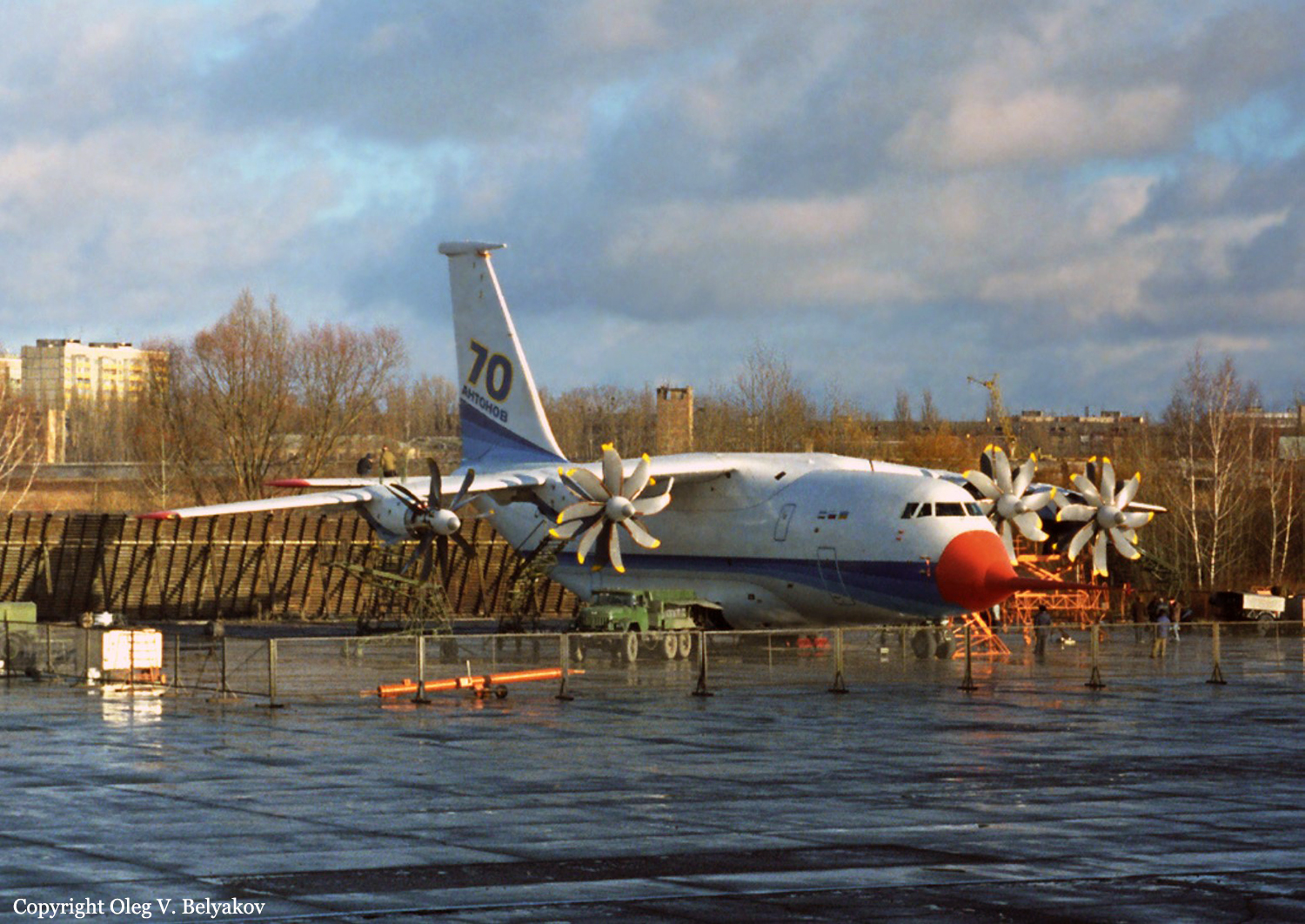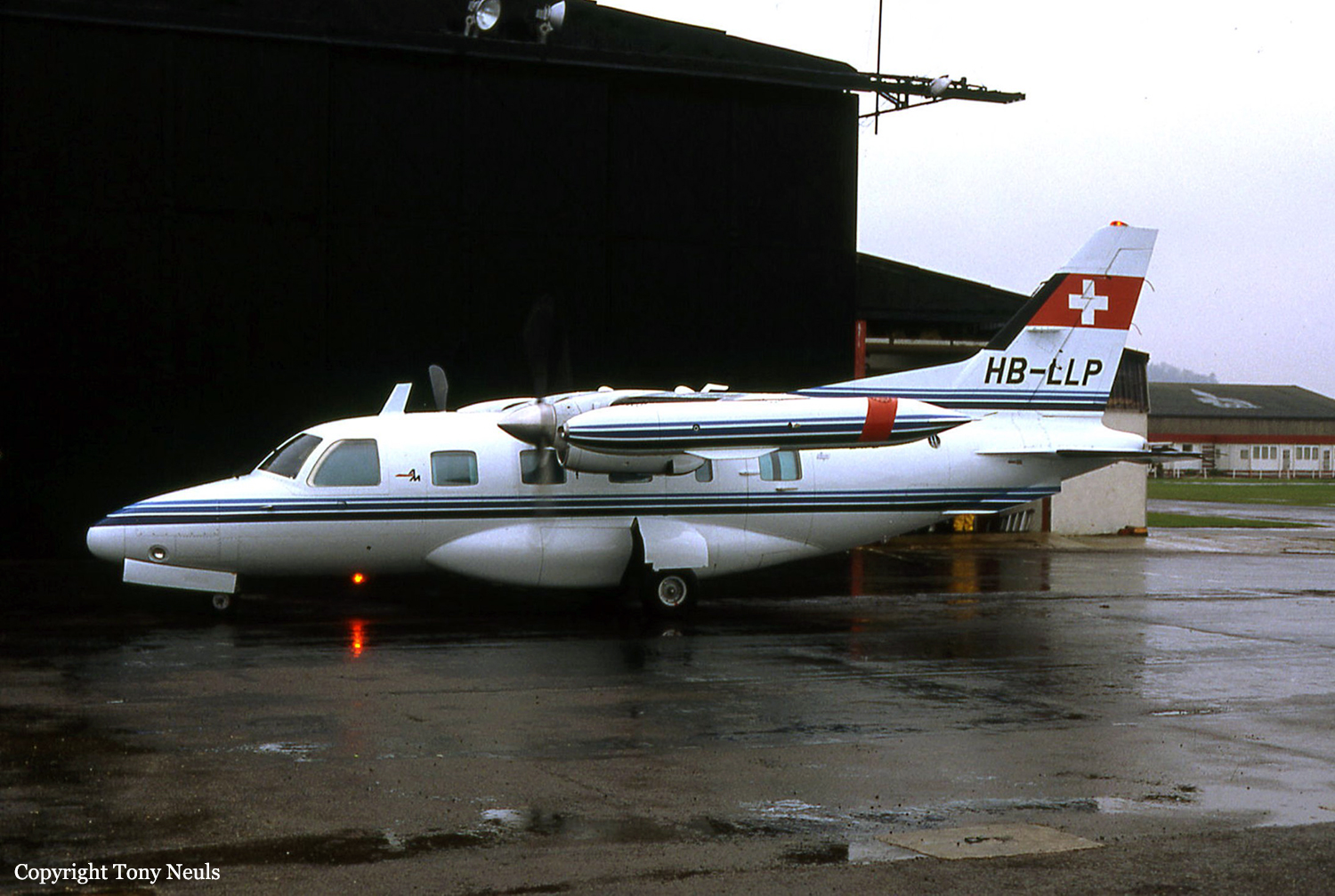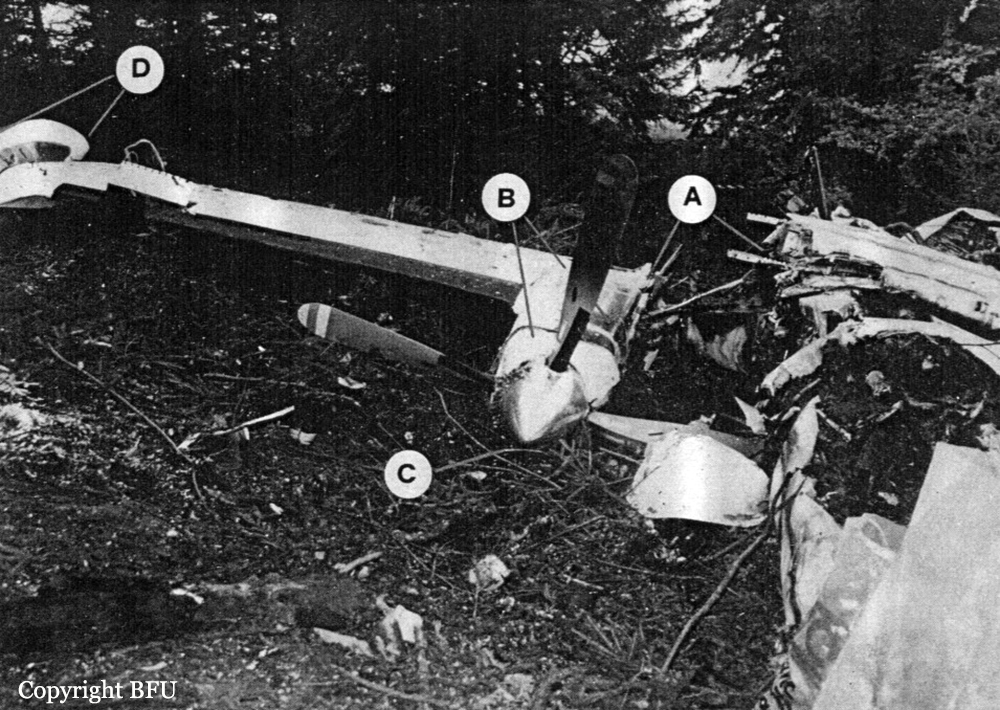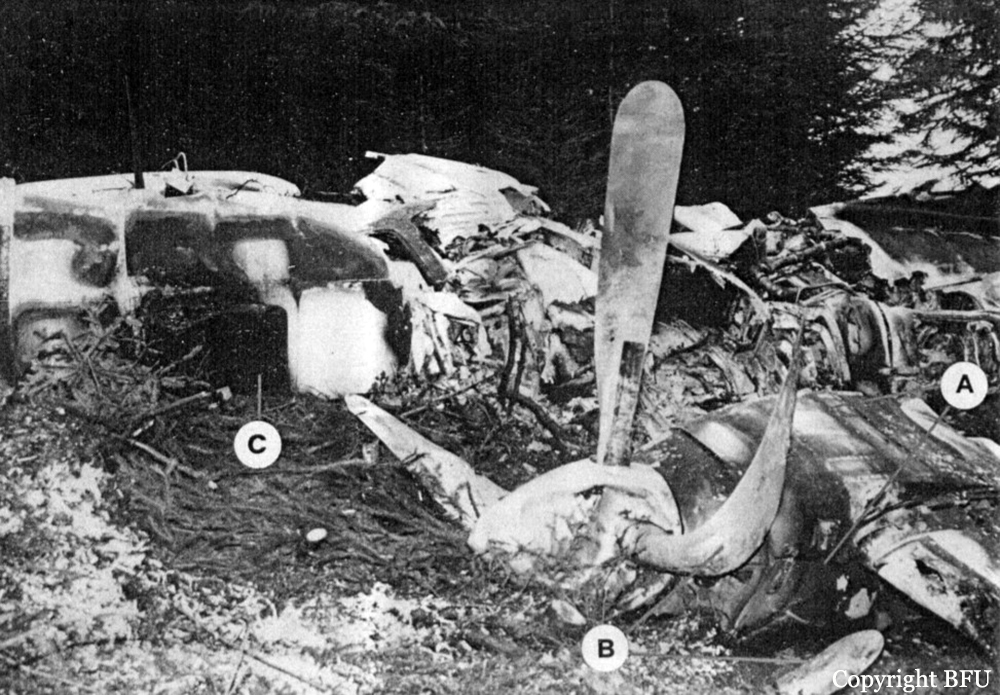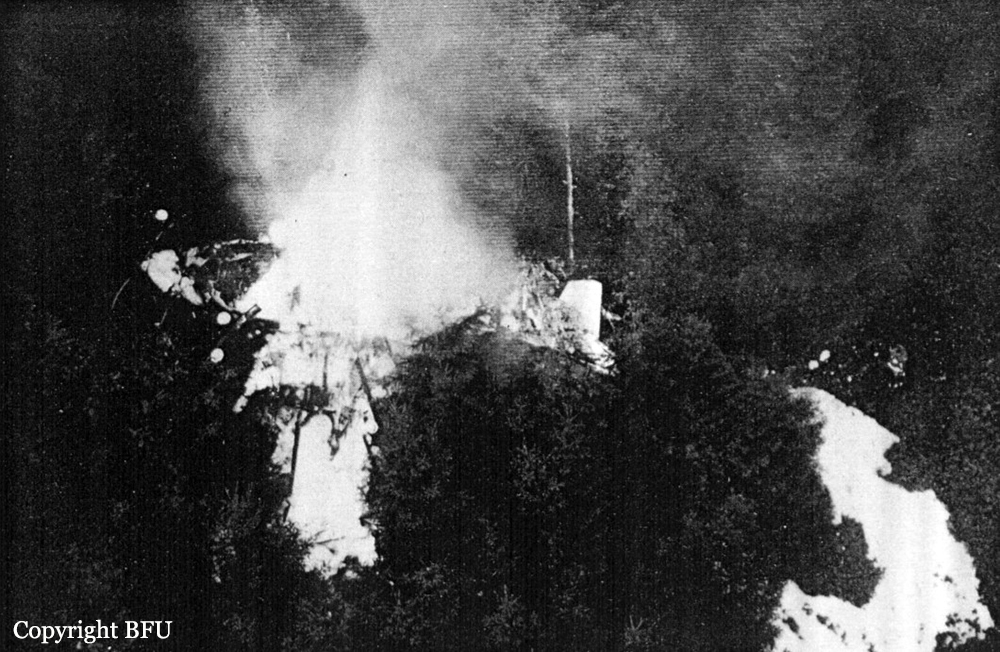Crash of a Beechcraft A90 King Air in Itaguazurenda: 3 killed
Date & Time:
Oct 11, 1996 at 0830 LT
Registration:
N3333D
Survivors:
No
Schedule:
Itaguazurenda - Itaguazurenda
MSN:
LJ-259
YOM:
1967
Crew on board:
1
Crew fatalities:
Pax on board:
2
Pax fatalities:
Other fatalities:
Total fatalities:
3
Circumstances:
The twin engine aircraft was completing a local post maintenance flight with one pilot and two mechanics on board. Shortly after takeoff, while climbing to a height of 210 feet, the aircraft entered an uncontrolled descent and crashed. All three occupants were killed. According to the representatives of the owner of the airplane, recent maintenance had been performed on the engines, propellers, and the nose landing gear.






